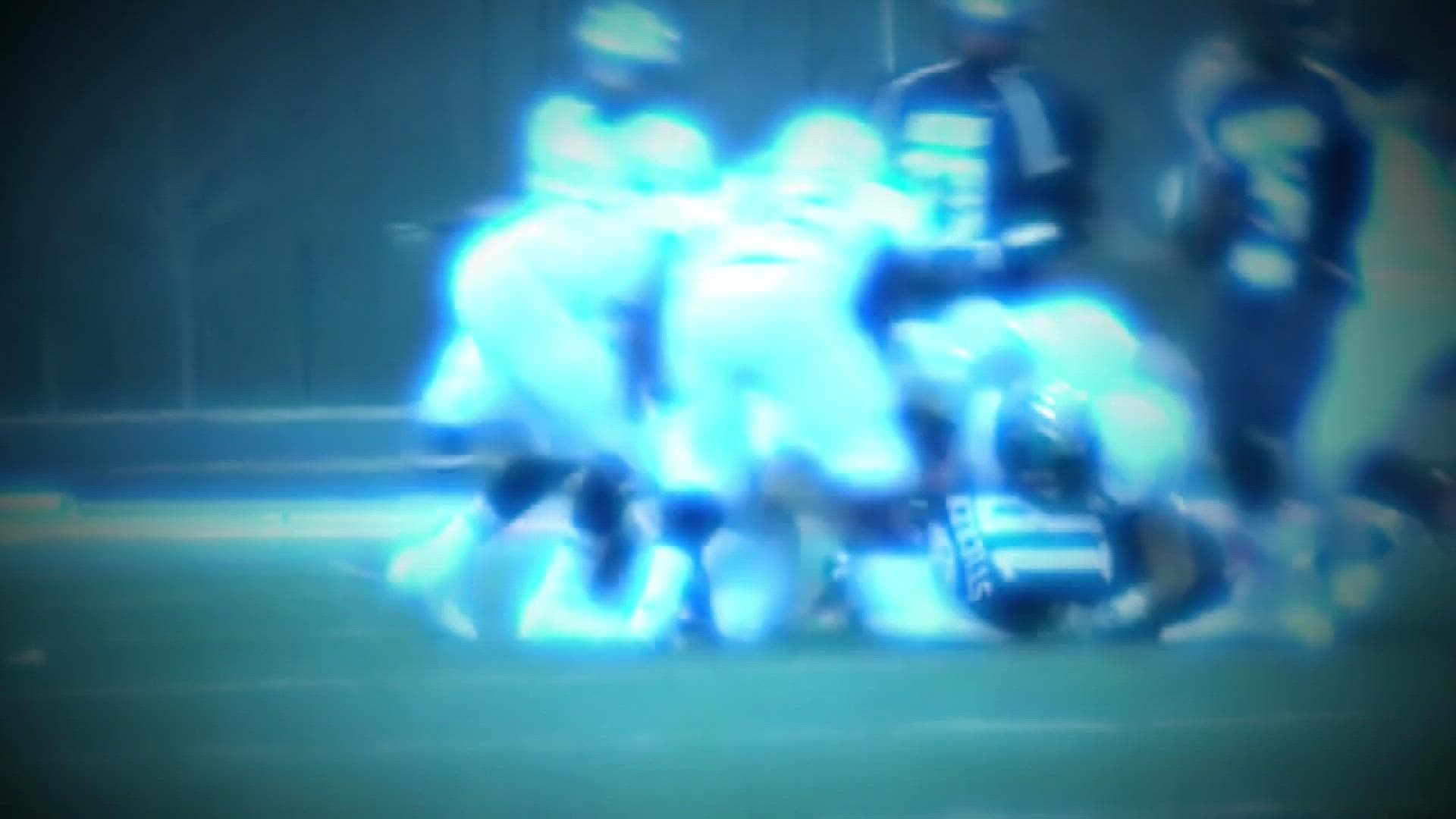MEMPHIS, Tenn. — Sports can be fun, but they can also be rough on players, especially young athletes.
“When we are young, we don’t always get it,” said Dr. Stephanie Anderson M.D., an E.R. physician at Saint Francis Hospital. “The most important thing is being that star athlete.”
And while that can be a worthy goal, staying healthy is the most important.
ABC24 spoke with Dr. Anderson about what players and parents need to know when it comes to concussions.
“Concussions are very common especially around this time of year when we’re going to the football season.”
She said a concussion is a brain injury which can appear from a jolt, a bump, a hit, or head or body injury. The trauma causes the brain to shake back-and-forth and injures the cells.
“So, there could be three different grades: mild, moderate, severe. A mild concussion may show up as nausea, headache, a little off kilter. They can or cannot lose consciousness. It can go either way. They can be dizzy they can seem confused, stunned,” said Dr. Anderson.
“A moderate concussion may be a little bit more severe - where they’re knocked, maybe a minute or more. They have deficits that are noticeable. Maybe repeated vomiting. And a lot of it doesn’t appear until a little later on, maybe hours, maybe days, maybe a week or so and the symptoms can kinda increase.”
Then there’s the severe concussion, which Dr. Anderson said is noticed pretty immediately.
“There might be some evidence of physical fractures, especially with the skull. It could be some bruising around the ear, bruising around the eyes. The athlete could be unconscious for a while, no responses, just very altered, unable to respond, react, just really different than a normal average athlete. And that should immediately be seen in the emergency room,” she said.
After a concussion, it’s important for the athlete to fully recover. According to the American Academy of pediatrics and The Concussion and Sports Group, there should be a minimum of five days of cognitive and physical rest before returning to full competition.
They can return to LIGHT activity in a non-contact fashion gradually, slowly, and progressively. And it should be supervised and monitored.
“If a child has sustained one concussion there is absolutely to be concerned about a second one, and of course more monitoring. The key is preventing second impact syndrome. There can potentially be a catastrophic head injury if that child is impacted again after sustaining initial injury. And that can sometimes cause permanent brain damage or make them dysfunctional. And that will be the last thing we want for our athletes and for our kids,” said Dr. Anderson.
“So, if we can prevent it on the front end and become more vigilant and help them understand what needs to happen and what should happen to be healthy, I think we’re gonna be in a lot better place.”
Learn more about concussions and sports HERE.

